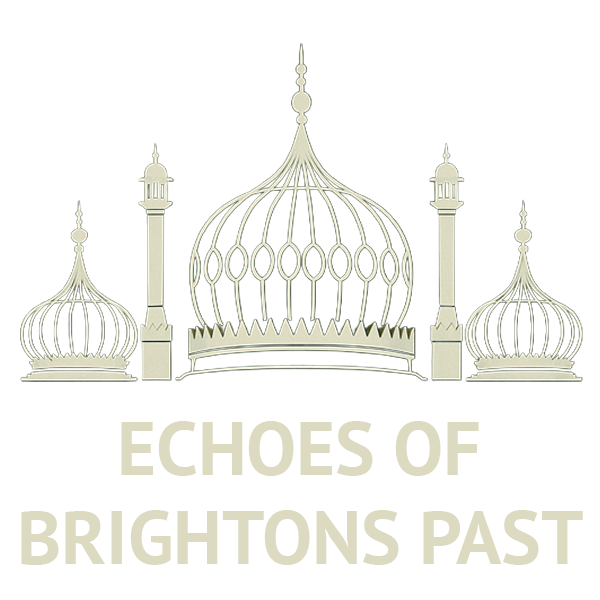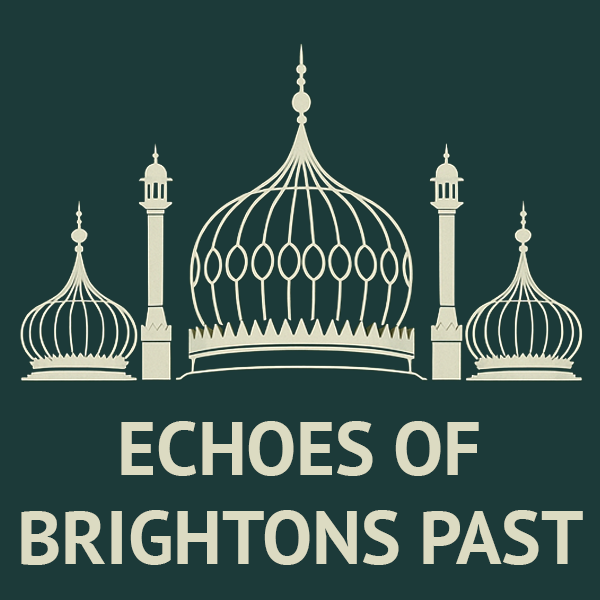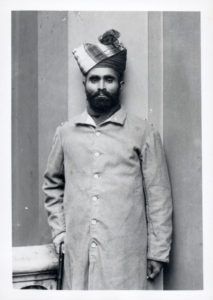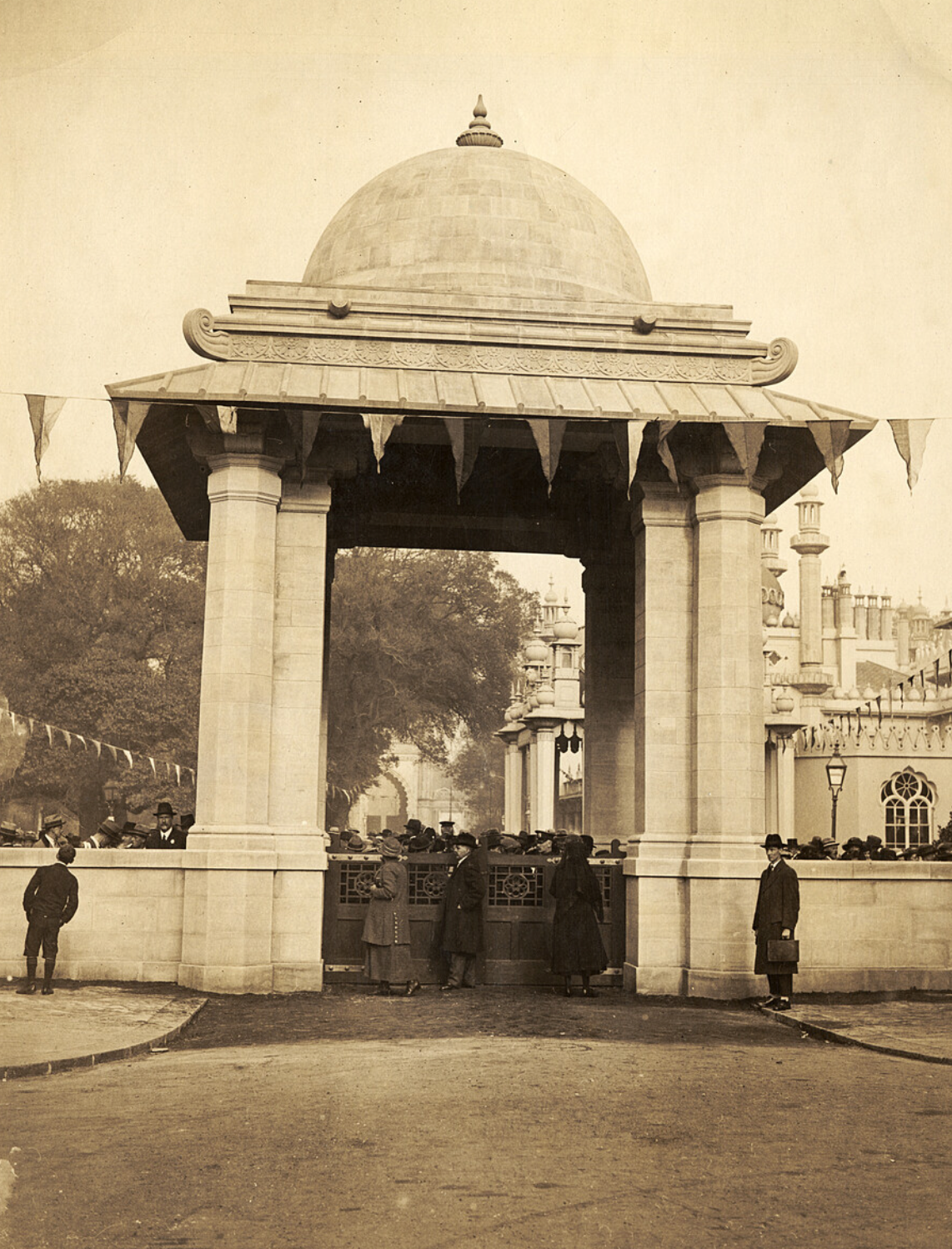Article

Building brighton's nhs
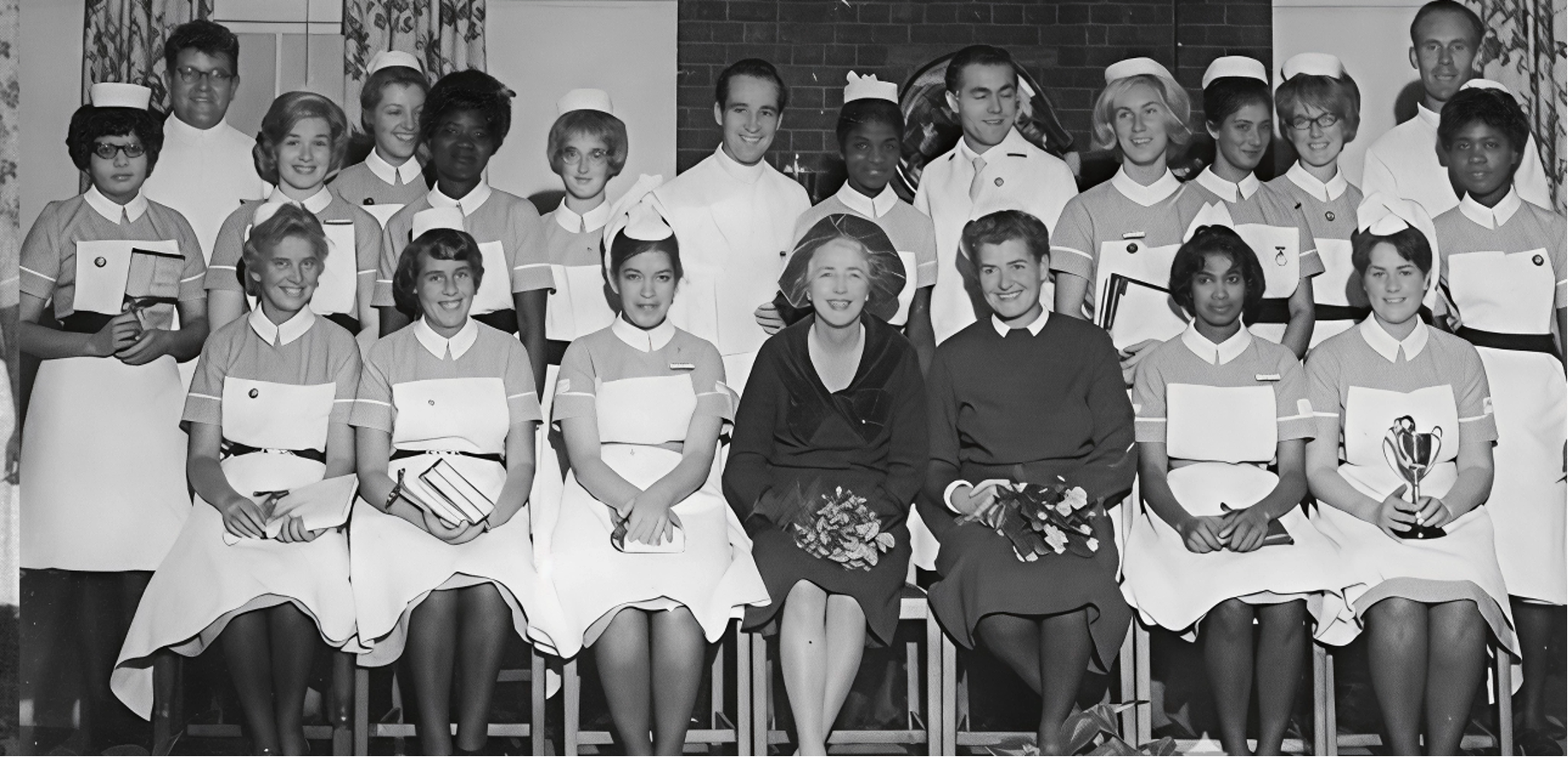
Behind today’s NHS are stories of dedication and resilience. One such story began in the 1950s, when young nurses from across the Commonwealth came to Britain to help care for a nation in recovery - including right here in Brighton.
A Healthcare System in Crisis
When the NHS launched in 1948, it promised free healthcare for all. But there was a major problem: the UK didn’t have enough nurses.
Over 50,000 nursing jobs were left unfilled.
Brighton and Hove, like the rest of the country, felt this pressure. Local hospitals couldn’t recruit enough staff to care for patients still recovering from the impact of war.
Looking Beyond Britain’s Borders
To tackle the shortage, the UK government turned to the Commonwealth. In the 1950s, recruitment campaigns targeted countries like:
- Jamaica
- Trinidad
- Barbados
- British Guiana (now Guyana)
- Nigeria
- Ghana
- Malaysia
Adverts promoted nursing as a chance to gain training, adventure, and help the “mother country.”
Recruitment offices opened across at least 16 territories. Young men and women were selected to train in the UK - many of them arriving in Brighton.
Arriving in Brighton: A New Chapter Begins
Local hospitals — including Brighton General Hospital and smaller units in Hove — began accepting international nurses into their training programmes.
Most were in their late teens or early twenties, like Dolly from Guyana, who arrived aged 20. She trained at Brighton General and later became the city’s first Caribbean ward sister.
“In 1956, Brighton’s eye hospital publicly thanked Indian nurses for enabling more surgical operations.”
Highly Skilled — But Starting Over
Many overseas nurses came from well-educated, professional backgrounds. Some had already trained in respected hospitals like Kingston Public Hospital in Jamaica.
However, British rules meant they often had to start at lower levels, retrain, or prove their qualifications again.
Life in Hospital Accommodation
Trainees lived in hospital housing, often shared dormitories with curfews, communal meals, and strict rules. Training combined lectures, exams, and ward work.
The colder weather, unfamiliar food, and culture shock were challenging. But strong friendships soon formed. Nurses:
- Shared meals from home
- Celebrated cultural festivals
- Supported one another through homesickness and prejudice
Delivering Care and Facing Discrimination
Photos from the 1950s and ’60s show diverse nursing teams working side by side. Overseas nurses provided essential care - from assisting surgeries to working night shifts and geriatric wards.
But they often faced racism. Some patients refused treatment from Black nurses. Others made hurtful comments or questioned their abilities.
While some hospitals defended their staff, others reassigned nurses to avoid conflict.
Still, there were positive moments:
- Senior nurses acted as mentors
- Community groups offered support
- Nurses took part in local social life, including Brighton Carnival and community dances
Legacy and Local Impact
Overseas nurses helped keep Brighton’s hospitals running during a national staffing crisis.
Their skills, resilience, and care supported thousands of patients and reshaped healthcare in the city.
By 1977, overseas-trained nurses made up 12% of nursing staff across the UK.
Many stayed, settled in Brighton, and raised families. They became role models and leaders like Dolly, whose work helped pave the way for others.
Nurse Spotlight: Dolly from Guyana
- Arrived in Brighton aged 20.
- Trained as a nurse at Brighton General.
- Became the first Caribbean ward sister in Brighton & Hove.
- A true pioneer whose legacy continues today.
A Story Worth Remembering
These nurses, part of the Windrush generation, brought compassion, skill, and strength to a country in need.
They shaped the NHS as we know it today and helped make Brighton’s health services more inclusive and resilient.
